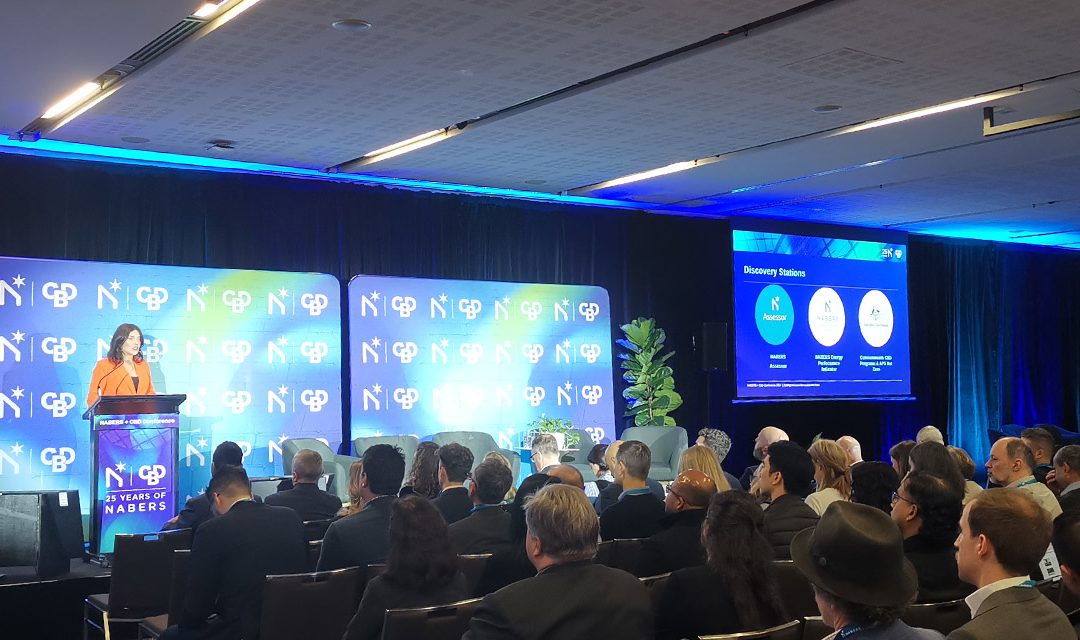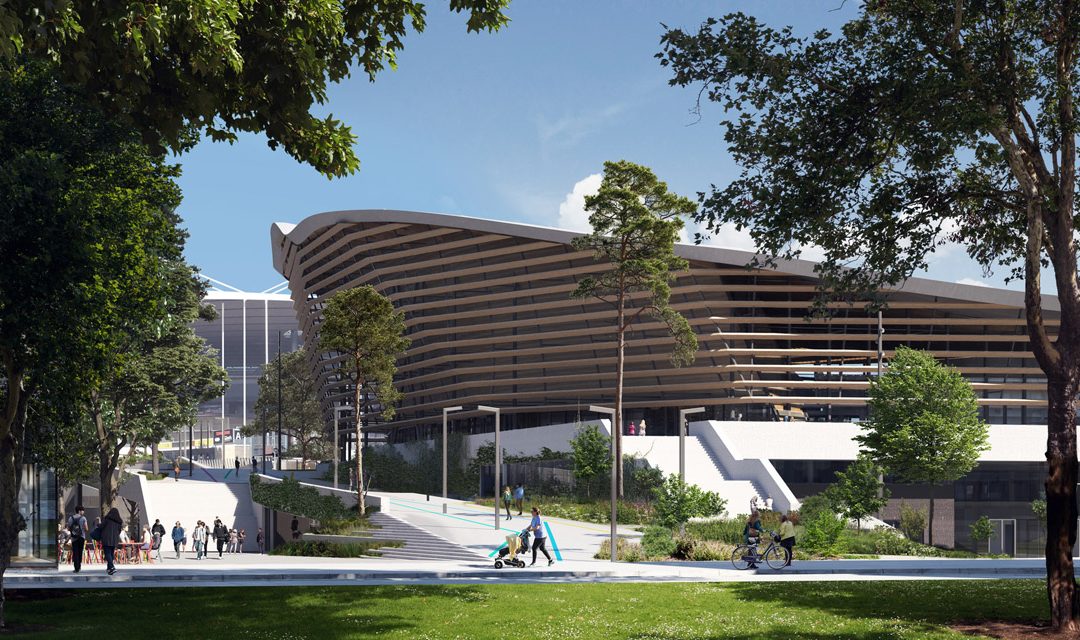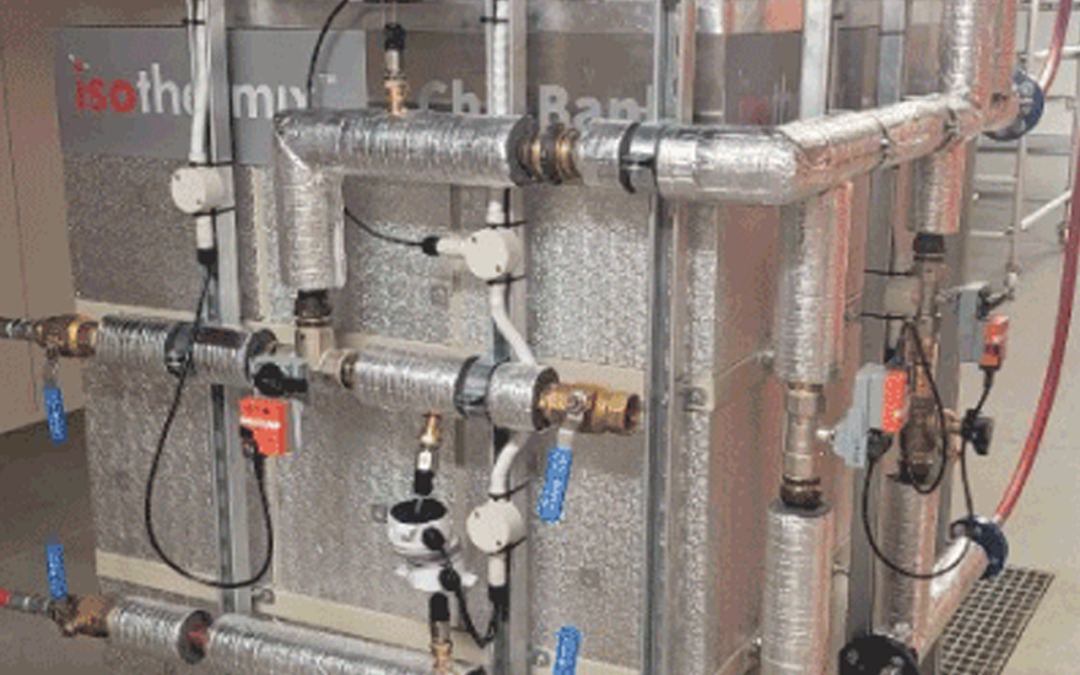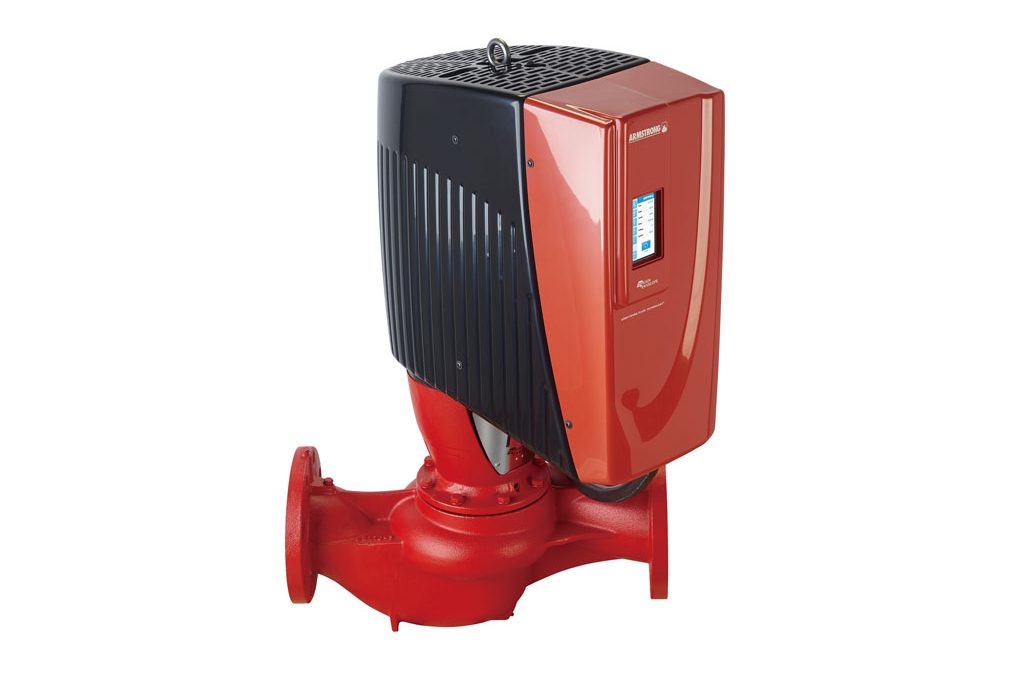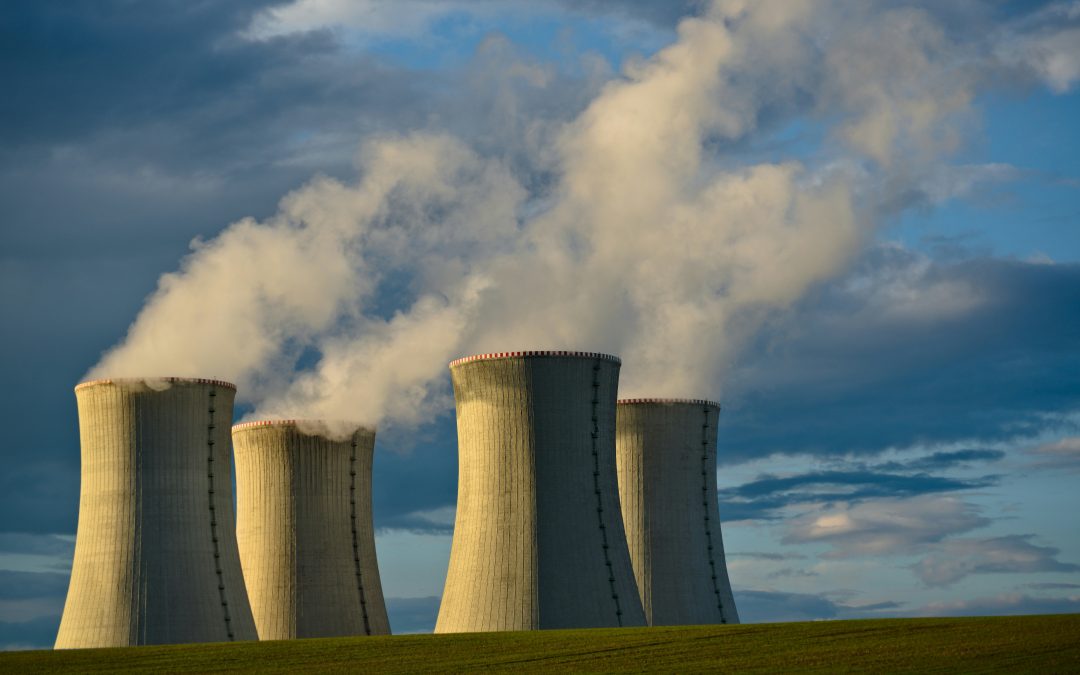what are you looking for?
You can search through the online database of resources below. Use the filter option to refine your search.
Techno-economic evaluation of integrating a PCM thermal battery into cooling systems (part 2)
This paper presents a techno-economic evaluation of a phase change material (PCM) thermal battery (TB) system developed through an industry-university cooperation project.
Techno-economic evaluation of integrating a PCM thermal battery into cooling systems
This paper presents a techno-economic evaluation of a phase change material (PCM) thermal battery (TB) system developed through an industry-university cooperation project.
Computational fluid dynamics modelling of ventilation in road tunnels: enhancing air quality and safety
Ventilation units within vehicle tunnels play a pivotal role in ensuring safety and optimal air quality for
occupants. These units are used to assist with propelling air from one end to the opposite end of the tunnel.
Computational fluid dynamics (CFD) has emerged as an invaluable design tool for engineers and stakeholders,
offering simulated insights and data to optimise safety and efficiency in tunnel projects. This paper
emphasises the advantages of CFD for road tunnel ventilation design, showcases a case study involving
impulse fans, and highlights the positive effects on project costs and overall tunnel ventilation performance.
Semiconductor Heat Pumps – A New Approach to Zero Emissions Heating
By Amnon Holland, MIEAust, CPEng, NER, M.AIRAHAs a result of the increased contribution of renewable energy for electricity generation and rising gas prices, there has been a shift from natural gas to electric-based heating in recent times. Commonly used electric...
CFD Analysis of Fixture Output Impact on Upper Room Germicidal Ultraviolet Light System Performance
Kishor Khankari, PH.D., Fellow ASHRAE; William Bahnfleth, PH.D., P.E., Presidential Fellow ASHRAEUltraviolet germicidal irradiation (UVGI) using electromagnetic radiation in the UV‑C wavelength band of 200–280nm can prevent the reproduction of microorganisms. Several...
Striking a balance: planning and implementation considerations for natural gas removal in hospitals
By Simon Witts BSc, CEng, MAIRAH, MCIBSE, FIEAust, CPEng, NER, APEC, IntPE(Aus); James Moyes MEng CEng MCIBSE MIEAust CPEng NER APEC IntPE(Aus) PE(Vic); and Broden Kay BEng (Architectural Engineering), Hons ABSTRACT This paper examines the challenges associated with...
Artificial Intelligence (AI) applications in the building and property industry
Arsen Ilhan, Stud.AIRAHABSTRACT Artificial intelligence (AI) is an area of computer science that emphasises the creation of intelligent agents, which are systems that can learn and act autonomously. AI deals with the question of how to create computers that are...
Developing a framework for delivering quality towards a sustainable built form future
Peter Phillips, F.AIRAH Member ASHRAE (Ret), Fellow AIRAH (Ret)ABSTRACT Delivering successful, high-quality, sustainable, future-proofed, built-form projects requires planning and coordination of complementary factors. This includes broad-based statements and detailed...
Disaggregation of precipitation data applicable for climate‑aware planning
David Ferrari*, Masoume Mahmoodi**, Chithral Kodagoda*, Nihal Abdul Hameed*, Trevor Lee*, Graham Anderson* * Exemplary Energy** College of Engineering and Computer Science, Australian National University, CanberraABSTRACT High-temporal-resolution precipitation data of...
Development of a whole-house energy rating tool for new housing
In 2019, Australian energy ministers agreed on the need for the Trajectory for Low Energy Buildings (the Trajectory). One of the key aspects in the Trajectory for residential buildings is to expand the Nationwide House Energy Rating Scheme (NatHERS) to offer nationally accredited whole-of-home (WoH) tools to enable compliance requirements in the National Construction Code (NCC).
